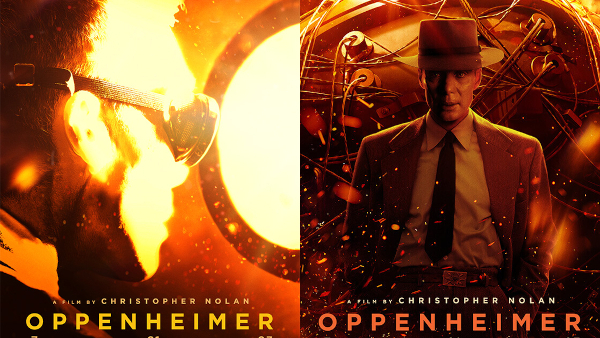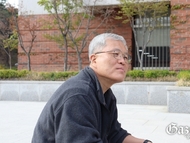
The movie Oppenheimer is a cinematic event. It is an exciting movie for anyone who is interested in the history of the Second World War and the McCarthy area in the United States. It tells the story of the development of the first atomic bomb, which was a secret operation under the name Manhattan Project. Robert Oppenheimer, an American theoretical physicist, was the scientific leader of this operation. When the first ever detonation of an atomic bomb occurs – the Trinity Test, carried out on July 16, 1945 – Oppenheimer (played by Gillian Murphy with an outstanding performance) utters the words: “Now I have become Death, the destroyer of worlds.” And indeed, a few weeks after this test, the first two nuclear weapons are used in combat by the United States on Japan. On August 6, 1945, the Japanese city Hiroshima was completely destroyed with a nuclear bomb. Tens of thousands of people, most of them civilians, died in this incident. Three days later large parts of the Japanese city Nagasaki were destroyed with another bomb. Japan soon capitulated. The United States had reached their goal of avoiding a bloody invasion of mainland Japan which would very likely have cost the lives of thousands of American soldiers. These considerations were the main justification which the U.S. gave for the use of these bombs.
The movie touches upon the ethical questions regarding the use of the bomb. It shows the ethical dilemma of Oppenheimer, who, on the one side, sees it as his patriotic duty to provide his country with the bomb, on the other side, knows that the destructive power of the bomb will take the lives of many innocent people. Oppenheimer takes the position that it is his duty as a scientist to build the bomb, and that the decision about its use is in the hands of others, that is, the top executives in the government and the military.
The bombings of Hiroshima and Nagasaki were made possible by physical theorists such as Robert Oppenheimer and Edward Teller, who collaborated in the development of the atomic bomb. There is the competition between American and German scientists to gain an edge over the other side in order to gain an advantage in the war; the foreshadowing of the Cold War and the arms race between the United States and the Soviet Union; and the McCarthy area in the early 1950s, when Joseph R. McCarthy, the senator from Wisconsin, initiated a witch hunt for anyone who had sympathies for communist or socialist ideas.
Leslie Groves, the military officer in charge of the Manhattan Project (in the movie played by Matt Damon), when asked at an investigative committee hearing, if he would again put Oppenheimer in charge as the scientific leader of the project, answers that he would not, and he adds that he would probably use none of the scientists who were part of the Manhattan Project.
As the reader of the present text will have realized by now, this is not a movie review. Oppenheimer is one of the best movies that I have seen in a long time. If I had to criticize something, it would be the interactions among the scientists in the first part of the movie. At times they appear overwrought and fanciful. It is the little irritations or mistakes that make a work of art really great, and Oppenheimer is a great work of art.








